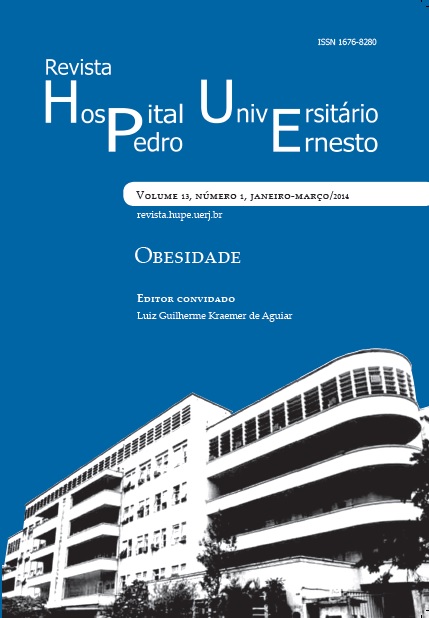Obesity, inflammation and exercise: focus on TNF-alpha and IL-10
DOI:
https://doi.org/10.12957/rhupe.2014.9807Abstract
The increasing prevalence of obesity is directly related to increased caloric intake associated with decreased energy expenditure, due to changes in lifestyle of humans. To aggravate this situation, chronic diseases such as type 2 diabetes mellitus, hypertension, atherosclerosis, non alcoholic fatty liver disease, which together characterize the metabolic syndrome, are affecting more people every day, regardless of social class, age and gender. Although there is no consensus on the etiology of the metabolic syndrome, it seems in the literature that low-grade chronic inflammation caused by excess fatty tissue is a factor that is present in most of the diseases that make up this syndrome. Several studies have shown that adipocyte hypertrophy, especially of visceral adipose tissue, causes an imbalance in metabolic homeostasis of adipose tissue, increasing the production of proinflammatory adipokines, such as tumor necrosis factor-alpha (TNF-alfa) and reducing the production of anti-inflammatory adipokines, such as interleukin-10 (IL-10), culminating in the chronic low-grade inflammatory process. Thus, different modalities of exercise have been shown as strategies that may promote many benefits in the prevention and treatment of obesity, including reduction in low-grade chronic inflammation, or in other words, decreasing the production of TNF-alfa and other proinflammatory adipokines and increasing the production of IL-10 and other anti-inflammatory adipokines.Downloads
Published
2014-03-17
Issue
Section
Artigos


